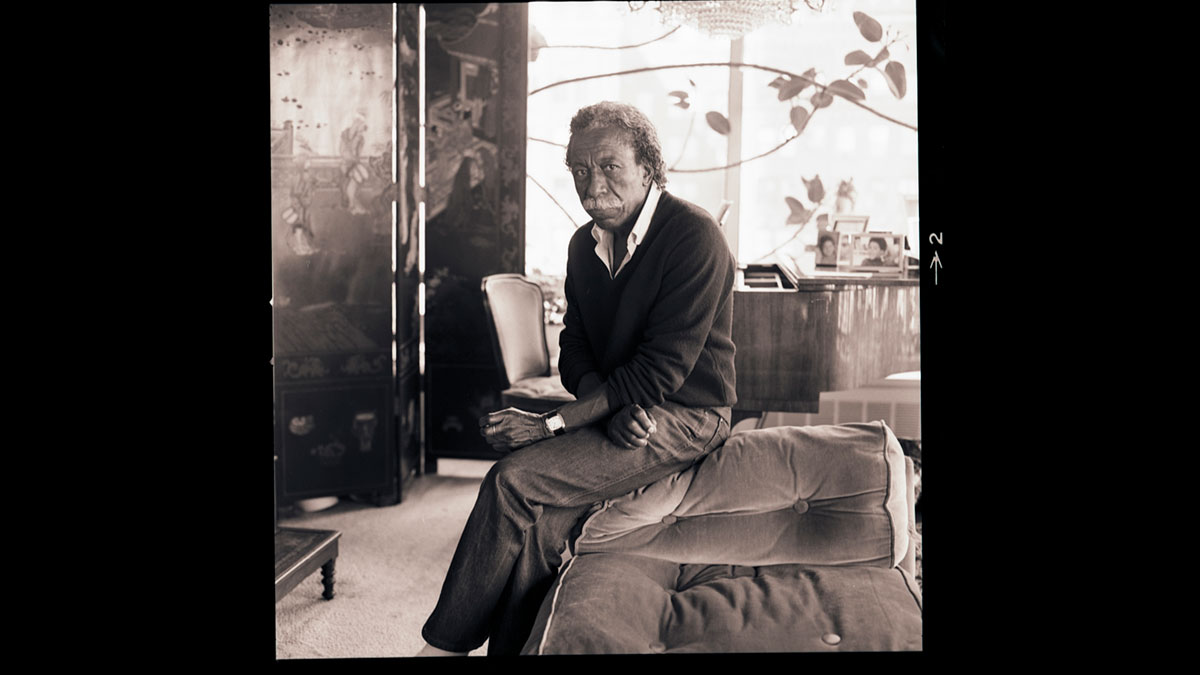
Nov. 30, 1912

Photographer, musician, writer and film director Gordon Parks was born in Fort Scott, Kansas.
Born into poverty, he learned early about segregation, attending a segregated elementary school. He recalled being discouraged by a teacher, who said college would be a waste of time. He struggled to survive, first working as a piano player in a brothel. He went on to work as a singer, bus boy and basketball player.
While working in a railcar as a waiter, he spotted pictures of migrant workers in a magazine. “I saw that the camera could be a weapon against poverty, against racism, against all sorts of social wrongs,” he recalled. “I knew at that point I had to have a camera.”
He brought his first camera, a Voigtländer Brillant, from a pawnshop and taught himself how to use it. Despite a lack of training, he soon honed a style that made him one of the most well-regarded photographers of his days.
He captured the life of Black Americans in Chicago and soon after chronicled the nation’s social conditions. His photo essay on a Harlem gang leader won him widespread acclaim and helped him become a photographer for Life magazine, where he worked for two decades.
He captured images of both celebrities and civil rights figures, such as Malcolm X and Stokely Carmichael. One of his best-known photographs, “American Gothic, Washington, D.C.,” featured a Black woman, Ella Watson, who worked on the cleaning crew of the FSA building, standing stiffly in front of an American flag hanging on the wall, a broom in one hand and a mop in the background.
Parks had been inspired to create the image in 1942 after encountering racism repeatedly in the nation’s capital. He went on to become the first Black director of a major Hollywood motion picture, “The Learning Tree,” but is best known for his 1971 film, “Shaft.” (He later made a cameo in the remake.)
In 1988, he received the National Medal of Arts, and a decade later, he was honored at the Kennedy Center for his work. In 2000, the Library of Congress gave him its “Living Legend” award.
Six years later, he died of cancer at age 93. Time magazine selected “American Gothic, Washington, D.C.” among the 100 Most Influential Images of All Time.

